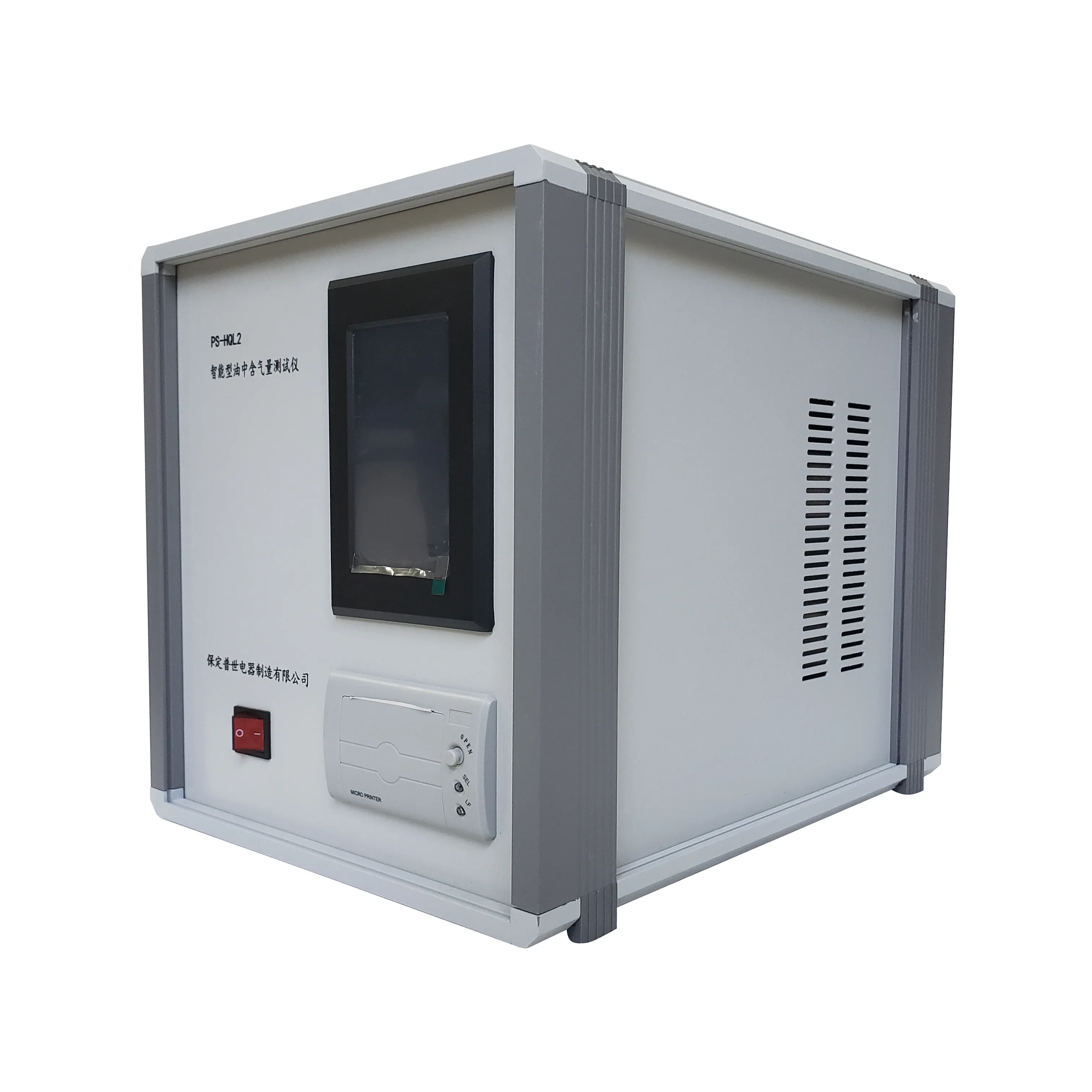 English
English


Exploring the Effectiveness of Potentiometric Techniques in Electrochemical Analysis and Measurements
Potentiometric Method Principles and Applications
The potentiometric method is a widely used analytical technique in chemistry, primarily for measuring the voltage (or potential) of an electrochemical cell. This method is instrumental in various fields, including environmental chemistry, pharmaceuticals, food science, and electrochemistry. It leverages the relationship between the concentration of ions and the electric potential difference, providing a means to determine the concentration of specific ions in solution with high accuracy.
At the core of the potentiometric method is the use of electrodes, primarily the reference electrode and the indicator electrode. The reference electrode, which has a constant and well-known potential, serves as a stable point of comparison. Common examples include the silver/silver chloride electrode and the calomel electrode. The indicator electrode, on the other hand, responds to the activity of the specific ion of interest. This could be a glass electrode for pH measurement or a solid-state ion-selective electrode for detecting ions like sodium, potassium, or fluoride.
When a potentiometric measurement is made, the electrodes are immersed in the solution containing the ions to be measured. The potential difference between the two electrodes is measured using a high-impedance voltmeter. According to the Nernst equation, the potential developed across the electrodes is directly proportional to the logarithm of the ion concentration. This relationship allows for the calculation of ion concentration based on the measured potential.
One of the significant advantages of the potentiometric method is its sensitivity and specificity
. By utilizing ion-selective electrodes, analysts can selectively target specific ions, minimizing interferences from other ions in the solution. This makes it particularly valuable in complex matrices, such as biological fluids or environmental samples, where multiple ions may be present.potentiometric method

The potentiometric method offers a range of applications. In environmental chemistry, it is used to monitor the levels of heavy metals and other pollutants in water. In pharmaceuticals, it can determine the concentration of active ingredients in drug formulations. Additionally, food scientists use potentiometric measurements to assess acidity and quality indicators in food products.
Moreover, the potentiometric method has seen advancements with the advent of modern technologies. Innovations such as miniaturization and the integration of potentiometric sensors with digital devices have made it easier and faster to conduct measurements. Additionally, advancements in data acquisition systems allow for real-time monitoring and automated analysis, making potentiometry a viable option for continuous monitoring in various industries.
Despite its many advantages, the potentiometric method does have its limitations. Calibration of electrodes is crucial to ensure accurate readings, and this process can be time-consuming. Environmental factors, such as temperature and ionic strength, can also affect the performance of the electrodes, potentially leading to erroneous results if not carefully controlled.
In conclusion, the potentiometric method is a powerful analytical technique with broad applications across multiple fields. Its ability to deliver accurate and sensitive measurements makes it invaluable for monitoring ion concentrations in diverse environments. As technology continues to evolve, the potential of potentiometric measurements will expand, paving the way for more innovative applications and solutions in chemistry and beyond. Whether in a laboratory setting or real-world applications, the importance of the potentiometric method continues to grow, underscoring its relevance in contemporary scientific analysis.
-
Differences between open cup flash point tester and closed cup flash point testerNewsOct.31,2024
-
The Reliable Load Tap ChangerNewsOct.23,2024
-
The Essential Guide to Hipot TestersNewsOct.23,2024
-
The Digital Insulation TesterNewsOct.23,2024
-
The Best Earth Loop Impedance Tester for SaleNewsOct.23,2024
-
Tan Delta Tester--The Essential Tool for Electrical Insulation TestingNewsOct.23,2024





